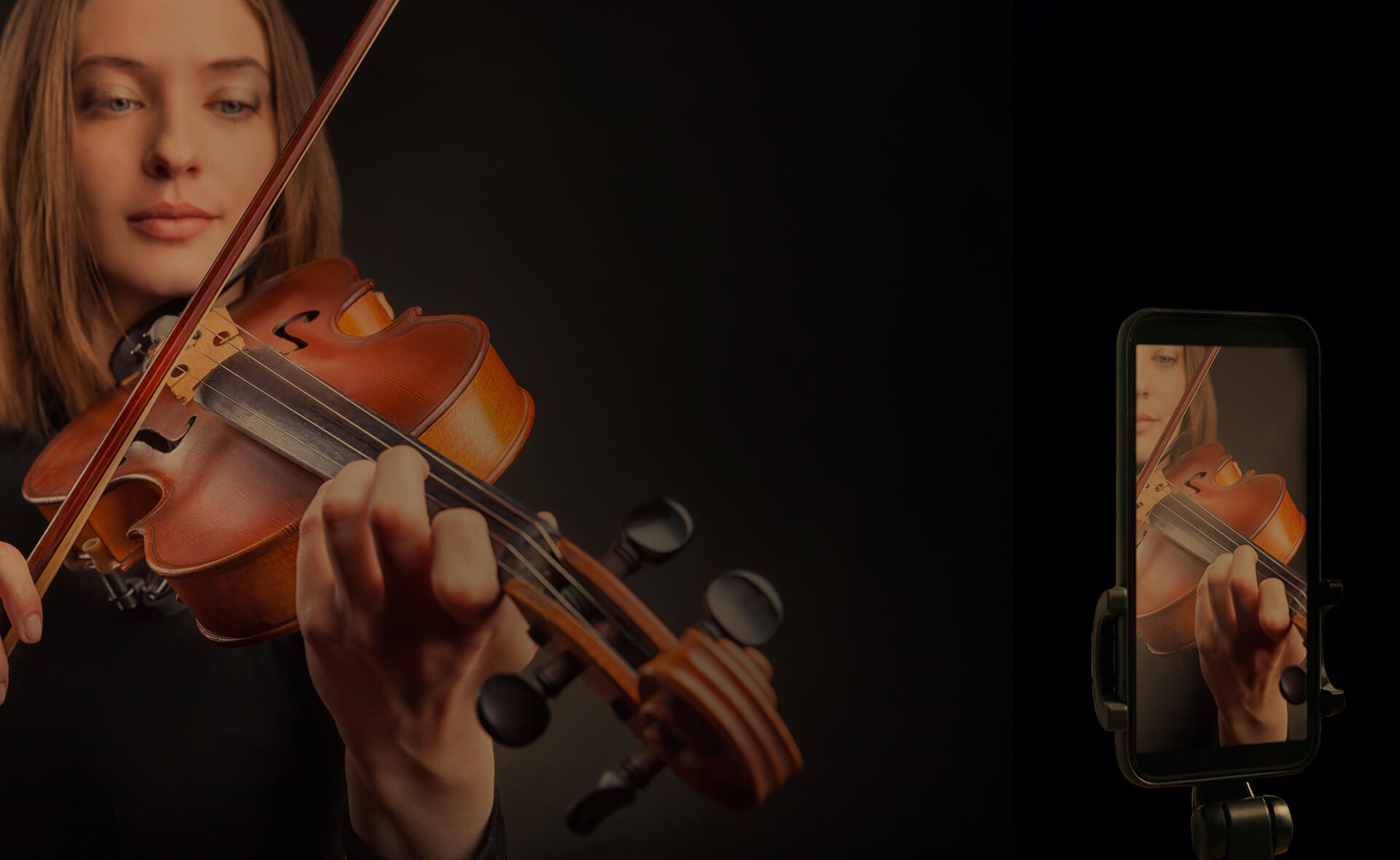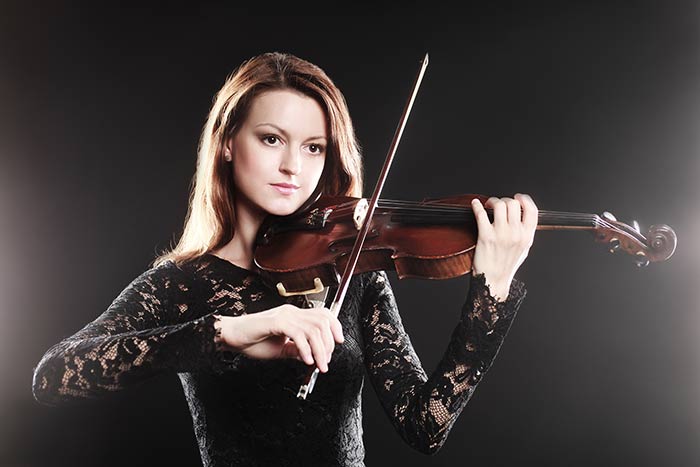Although the violin is often associated with classical music, its versatility goes well beyond the concert stage.
This incredible instrument plays an important role in many musical genres, from the improvisational style of jazz to the lively riffs in rock music.
The violin has found a home in various musical scenes around the world.
Let’s take a look at its vibrant presence across different genres, highlighting iconic songs that demonstrate its adaptability.
Jazz: The Improvisational Frontier
In jazz, the violin transforms into a vibrant storyteller, stepping away from the rigid structures of classical compositions.
Legendary jazz violinists like Stéphane Grappelli and Jean-Luc Ponty have demonstrated how the instrument can groove and riff alongside brass and percussion.
The violin’s ability to slide between notes (known as glissando) adds a human-like expressiveness, making it a perfect vehicle for jazz improvisation.
Notable Song:
“Minor Swing” by Django Reinhardt and Stéphane Grappelli: A classic that showcases the violin’s ability to dance through melodies.
Rock: Amplifying the Violin’s Voice
Though it might seem unexpected, the violin has made a significant mark in rock music. Bands like Electric Light Orchestra (ELO) and Kansas have harnessed the violin’s power to create dynamic, dramatic soundscapes.
In rock, the violin often takes on a new life when amplified, allowing it to resonate alongside electric guitars and thundering drums. The electric violin, in particular, introduces new sonic possibilities with effects like distortion and reverb.
Notable Songs:
“Evil Woman” by Electric Light Orchestra (ELO): This track features a captivating violin melody that enhances its dramatic feel.
“Dust in the Wind” by Kansas: The delicate violin underscores the song’s poignant message, adding depth to its acoustic arrangement.
Folk: The Violin as a Storyteller
In folk music, the violin—often called the fiddle—becomes a beloved storyteller. Its role ranges from joyful reels to sorrowful laments, allowing musicians to convey a wide array of emotions.
Folk violinists frequently play by ear, passing down tunes through generations, each adding their personal touch.
The fiddle’s ability to switch seamlessly between lively rhythms and heartfelt melodies makes it an essential instrument in folk traditions.
Notable Songs:
“Whiskey Before Breakfast” (Traditional): A lively American fiddle tune that gets feet tapping and spirits soaring.
“The Devil Went Down to Georgia” by the Charlie Daniels Band: A thrilling tale embellished with impressive fiddle work that showcases the instrument’s energy.
Country: The Heart of Storytelling
In country music, the violin (or fiddle) is a staple that enhances the genre’s emotive storytelling.
The instrument adds depth to heartwarming ballads and toe-tapping tunes alike, often leading melodic lines or providing harmony.
Iconic country fiddlers like Vassar Clements and Johnny Gimble have demonstrated the violin’s significance in shaping the sound of country music.
Notable Songs:
“Fisherman’s Blues” by The Waterboys: This song features a captivating fiddle line that adds to its storytelling charm.
“Orange Blossom Special” (Traditional): An energetic tune that showcases the fiddle’s technical prowess and lively spirit.
World Music: Bridging Cultures
The violin’s reach extends far beyond the Western world, crossing cultural borders and finding a place in global music traditions.
In Latin America, the violin plays a central role in the passionate and rhythmic world of tango, where it adds depth and emotion to the music. The instrument’s ability to convey both intense energy and delicate sensitivity makes it an ideal fit for the dramatic flair of tango compositions.
In Middle Eastern music, the violin weaves complex melodies that are essential to the region’s sound, while in Irish folk music, the violin (often called a fiddle) brings lively energy to jigs and reels, creating a sense of community and celebration.
The violin effortlessly blends with traditional instruments, serving as a bridge between Western and non-Western musical forms.
Notable Songs:
“Libertango” by Astor Piazzolla: A captivating tango piece where the violin adds a passionate and dynamic layer, perfectly embodying the spirit of Latin American music.
“The Mason’s Apron” by The Chieftains: A lively Irish folk tune where the violin (fiddle) leads with fast-paced melodies, showcasing its role in traditional Celtic music.

Conclusion: The Violin’s Boundless Potential
The violin’s journey through various musical genres showcases its incredible adaptability. Whether driving a folk dance, providing the soulful voice of a jazz solo, or electrifying a rock anthem, the violin transcends its classical roots, proving its versatility time and again.
As musicians continue to explore and experiment with the instrument, the violin will undoubtedly keep finding new ways to articulate the universal language of music across genres.
Through this exploration, it’s clear that the violin remains a powerful tool for expressing the human experience, capable of conveying a vast spectrum of emotions and stories through its strings.
Whether you’re a die-hard classical fan or a lover of rock, there’s a place for the violin in every heart and every style of music.



